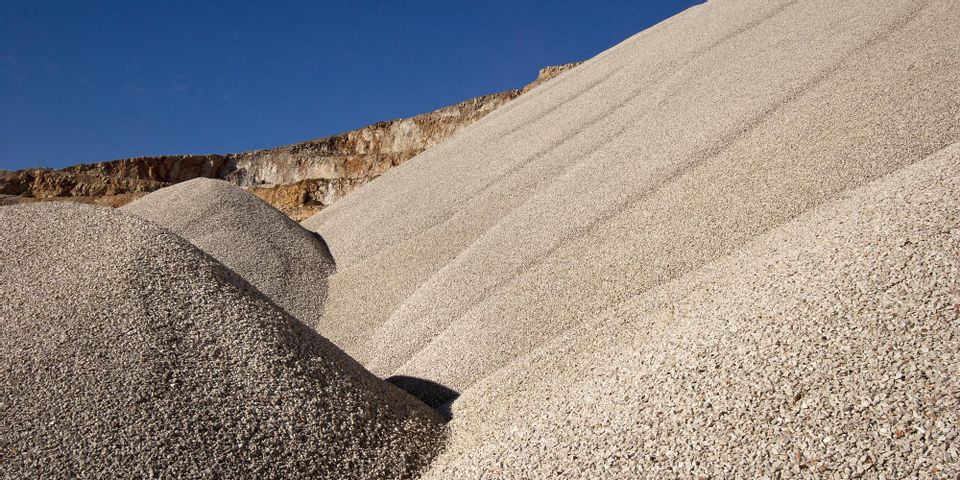
While many people know that aggregates are one component that goes into the formation of concrete, there is more confusion over the difference between coarse and fine aggregates. By understanding the nature of each material, you can ensure you produce strong and durable concrete. Here’s a guide to the different kinds of aggregate.
Coarse Aggregate
Coarse aggregates are slightly larger than fine aggregates. They will not pass through a 4.75 mm sieve and generally consist of smashed bricks, broken stone, pebbles, and similar materials. In identical volumes, coarse aggregate has less surface area than its fine counterparts. Because there's less surface area to cover, you'll need less cement and water, thus reducing costs.
 That lower overall surface area means you’ll need less water and less cement in your concrete mixture. At the same time, since the coarse pieces are bigger, the irregular shapes will form voids that require filler.
That lower overall surface area means you’ll need less water and less cement in your concrete mixture. At the same time, since the coarse pieces are bigger, the irregular shapes will form voids that require filler.
Fine Aggregate
You can expect fine aggregate to easily move through a 4.75 mm sieve but retain when the sieve is just .075 mm. So, the fine pieces are smaller, consisting of sand, burnt clay, cinders, and fly ash. The main role of the fine aggregate is to fill in the space that is created between pieces of coarse aggregate. If left on their own, those holes will weaken the integrity of the surface, making it vulnerable when the weight of a large object, such as a car, rolls over it. The fine aggregate fills in the gaps, creating a consistent, smooth layer that can handle pressure.
If you need either coarse or fine aggregate, don’t hesitate to reach out to the top supplier, Musson Brothers, in Rhinelander, WI. The paving contractor can outfit you with the exact materials you need or lay your surface for you. With over seven decades of experience, you can rely on the professionals to help create extremely durable driveways, roads, and parking lots. To get in touch with the site development team, just call (715) 365-8700. Learn more about the company by visiting their website.
About the Business
Have a question? Ask the experts!
Send your question

